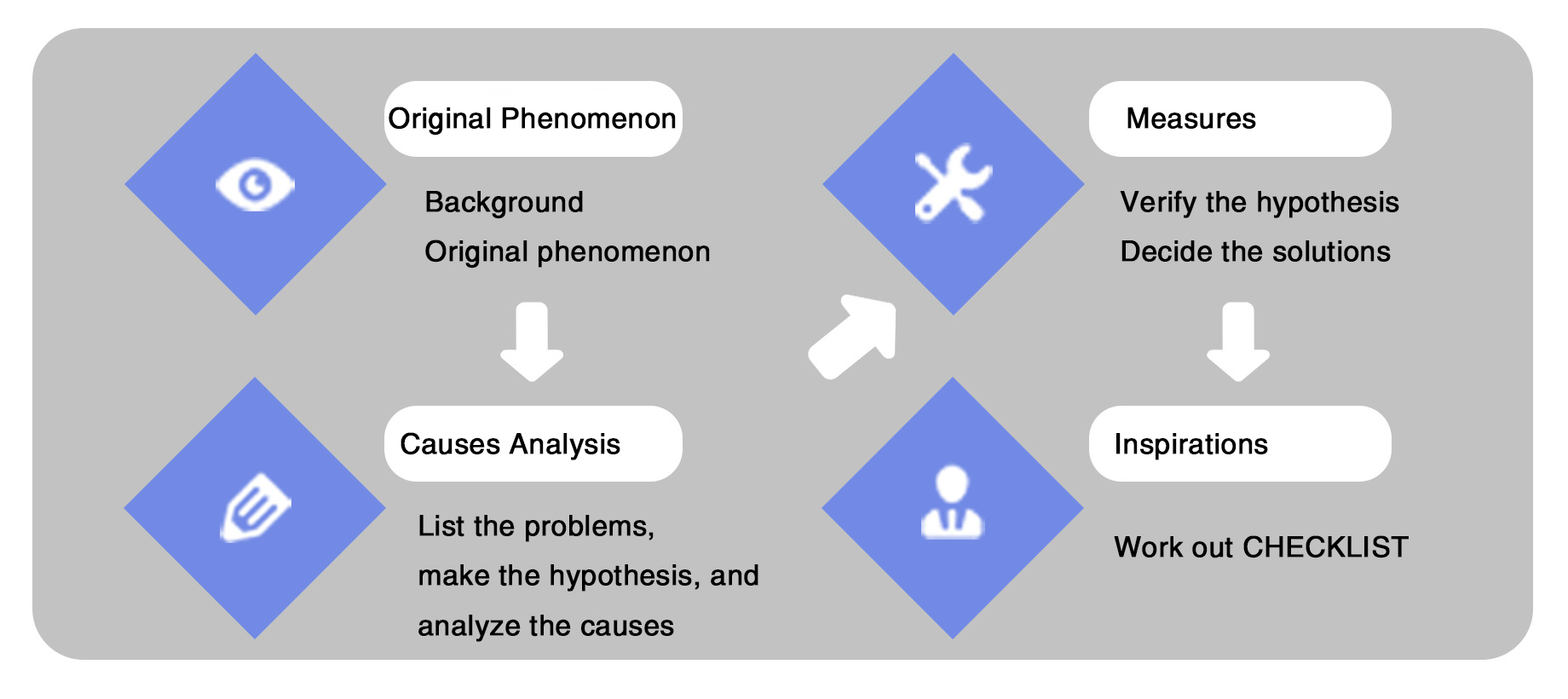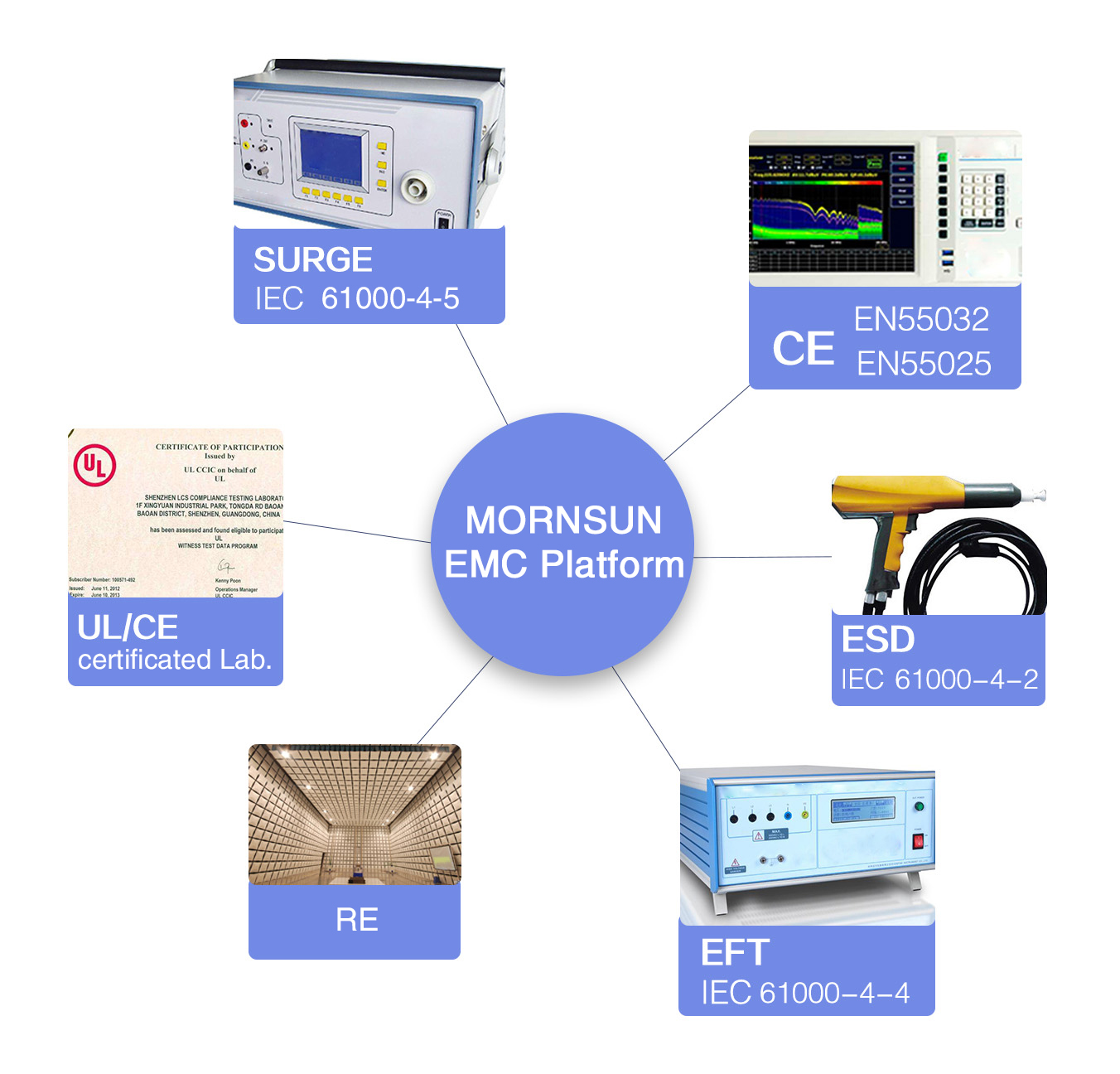How to diagnose EMC? (Part 01)
1. What is “EMC”?
Electro Magnetic Compatibility (EMC) is defined as the ability of devices and systems to operate in their electromagnetic environment without impairing their functions and without faults and vice versa. How to design it properly is a common problem faced by many electronics engineers.
EMC has two aspects: Electro Magnetic Interference (EMI) and Electro Magnetic Susceptibility (EMS).
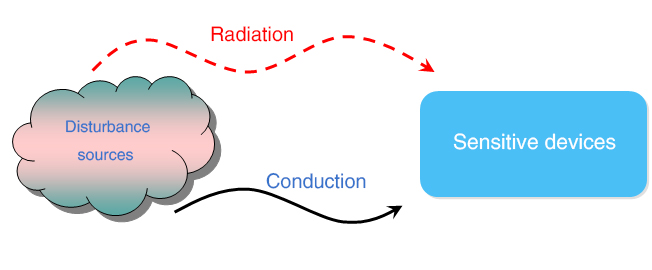
EMC pursues three main classes of issue. They are disturbance sources, coupling path, and sensitive devices:
● Disturbance sources can be divided into EMI and EMS.
● Coupling can be conducted through air and wire.
● There are low sensitive and high sensitive devices.
EMC trouble wouldn’t exist when one of the problems above is solved. Some of the EMC auxiliary device could probably be used according to specific situations.
2. The Basics of EMC Diagnosis
1) Interference Source of EMC
Main EMI Interference Source: crystal oscillator, switching power supply and electrical machinery;
Main EMS Interference Source: tests like electrical surge, Electro Static Discharge (ESD) Testing, Electrical Fast Transient (EFT) and Radio Frequency Interference (RFI).
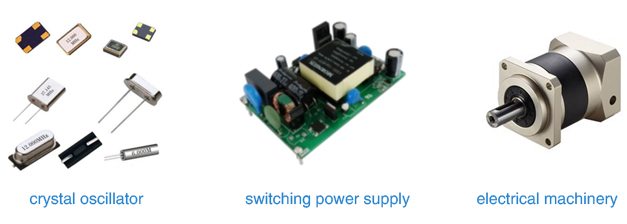

2) Frequency
Except for source of interference, frequency is also an important aspect, and we can get to know the frequency from the following facts:
a. Generally speaking, voice frequency belongs to low frequency while carrier signal is high frequency;
b. In EMI, conducted emissions belongs to low frequency, and of radiated emission is high frequency;
c. In EMS, the electrical surge belongs to low frequency, and EFT, ESD, CS and RS belong to high frequency;
d.
In terms of EMC elements, gas discharge tubes (GDT), metal oxide
varistors (MOV), X-capacitors, and differential mode chokes are
low-frequency elements, and common mode chokes, Y-capacitors and Electro
Spark Detectors are high-frequency elements.
Type | Low Frequency | High Frequency |
Common Categorization | Voice Frequency≤ 20KHZ | Carrier signal>20KHZ |
EMI | CE | RE |
EMS | Surge | EFT, ESD, CS, RS |
EMC Elements | GDT, MOV, X-capacitor, LDM | LCM, Y-capacitor, ESD |
3) Differential Mode and Common Mode
The difference between differential and common modes:
1. Generally speaking, differential modes are from line to line while the common ones are from line to ground;
2. In EMI, low frequency is differential mode while high frequency is common mode;
3. In EMS, differential mode surge belongs to differential mode and others belong to common mode;
4. In EMC elements, MOV, X-capacitors and differential mode chokes are differential-mode elements. Common mode chokes, Y-capacitors and ESD devices are common-mode elements.
Type | Differential Mode | Common Mode |
Common Categorization | Line-line | Line-ground |
EMI | Low frequency | High frequency |
EMS | SURGE (line-line) | SURGE (line-line), EFT, ESD, CS, RS |
EMS Elements | MOV, X-capacitors, LDM | GDT, MOV, LCM, Y-capacitors |
3. Methods of Noise Positioning
Before we start our tests on EMI problems, we could use some devices to run some simple tests like noise positioning. And further measures such as using a common mode filter may be available accordingly.
First, we could use a frequency analyzer, together with magnetic probes and electric field probes to predict the type, location, and way of transmission of the interference source. However, the frequency analyzer is expensive, maybe it is also okay for us to use some cheaper devices to do pre-tests.
<img src="/public/uploads/images/20200819/1597821128176241.png" title="How to diagnose EMC (Part 01).png" alt="How to diagnose EMC (Part 01).png" style=""
An oscilloscope is a good substitute for a frequency analyzer, because it can be used to detect the oscillation of some key waveforms, and some oscilloscopes, equipped with Fourier analysis functions, are also a good choice to do pre-tests on interference sources. It is ready for use once you connect the ground line with the probe.
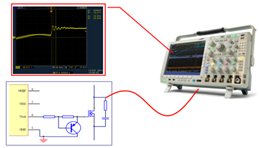
4. Concept of Mornsun EMC Diagnosis
Although there are many methods towards EMC problems, right and appropriate concept can decide the efficiency of diagnoses. Mornsun has its own way of EMC Diagnosis: first, get to know how a device goes wrong, then analyze possible reasons according to the mechanism of EMC tests and operating principles of the device. Next, adopt measures to verify consumptions one by one. Finally, get the problem solved.
